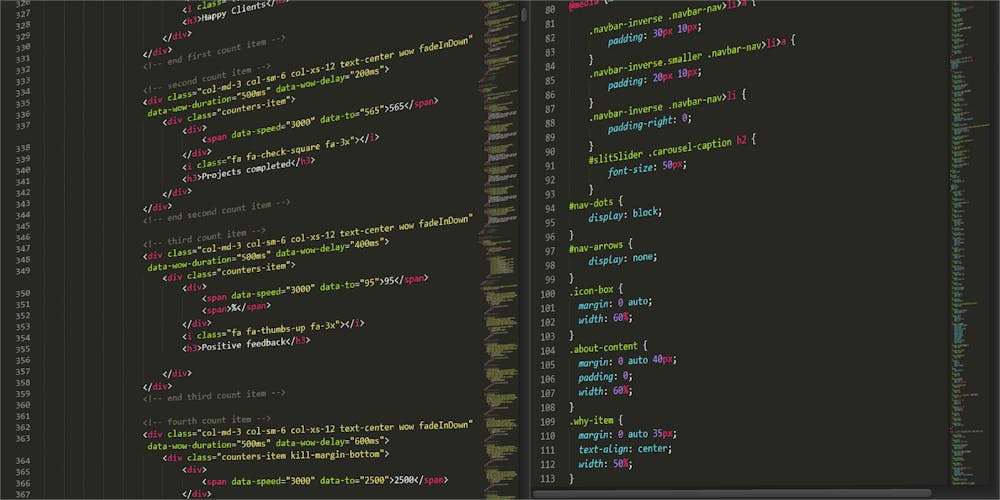The cybersecurity world is reeling from the revelation of a severe vulnerability, identified as CVE-2024-2189, in the Progress Flowmon network monitoring solution. This critical flaw has the potential to upend network security for those enterprises depending on Flowmon to safeguard their digital landscapes.
CVE-2024-2189 is particularly worrisome because it targets a tool designed to bolster network defenses. Flowmon is trusted by many organizations to provide visibility into network activity, but this vulnerability exploits the very core of its functionality. If left unaddressed, the flaw could allow attackers to bypass security measures, potentially leading to unauthorized access, data breaches, or worse.
The discovery of such a critical issue is a stark reminder of the importance of continuous monitoring and rapid response in the cybersecurity arena. As the situation unfolds, it is crucial that companies using Flowmon take immediate steps to mitigate the risk. Patching the vulnerability should be a top priority to prevent exploitation and maintain the integrity of network security.
This event illustrates the ever-evolving nature of cyber threats and the need for a proactive security posture. Staying vigilant and being prepared to act swiftly in the face of new vulnerabilities are essential components of a resilient cybersecurity strategy.
Understanding the Severity of the Vulnerability
CVE-2024-2189’s critical severity rating of 10.0 reflects the vulnerability’s potential to allow attackers to execute unauthenticated command injections within the Flowmon web application. This involves exploiting an array titled “ALLOWED_TO_UNLOGGED_USERS” within the “AllowedModulesDecider.php” file, which defines modules accessible without the need for user authentication. The flaw leverages the mishandling of parameters in a module that facilitates PDF generation via the web application, opening a door for attackers to manipulate data inputs and execute arbitrary system commands.
The danger is further exacerbated because these commands run with the privileges of the “flowmon” user, an entity generally granted elevated rights within the system. Although the attacker doesn’t receive direct output from the executed commands, the capacity to execute them is, in itself, a major security threat. This could mean unauthorized data extraction, network disruption, or even a complete system takeover should the attackers escalate privileges to gain root access.
Immediate Consequences and Required Actions
The security vulnerability identified as CVE-2024-2189 poses significant risks to users of Progress Flowmon, a network monitoring tool. An unremedied system can leave entire network infrastructures open to cyber-attacks, risking data breaches and the resultant financial and reputational damage. Particularly in sectors where network reliability is critical, such as healthcare or utilities, this could have dire consequences.
Responding to the emerging threat, Progress has issued a security advisory, urging users to update their Flowmon systems immediately. A proof of concept for the exploit has been made public, amplifying the urgency for updates. The recommendations by Progress should be followed without delay to protect network integrity.
Timely action is crucial to safeguard against these threats, highlighting the importance of maintaining up-to-date systems. Businesses and industries relying on Flowmon for network monitoring and security must prioritize these updates to preserve operations and trust.

